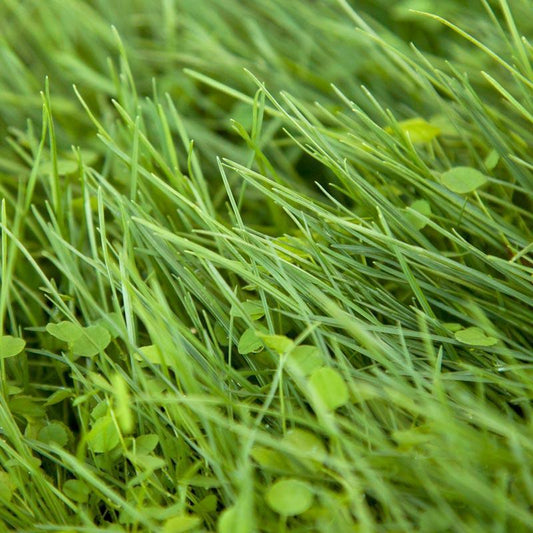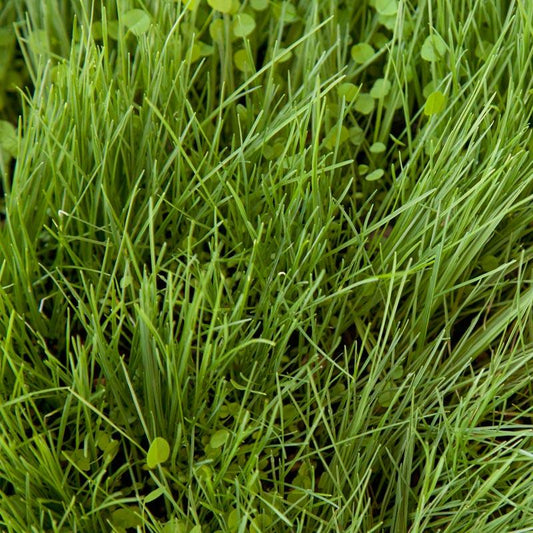Turfgrass for Your Organic Lawn
Imagine a plant that stays green most of the year, controls erosion, feels soft underfoot, and is strong enough to handle kids and pets playing on it. That plant is turfgrass. The issue with many lawns isn’t the grass itself but the way we care for it. Chemical fertilizers and poor watering habits have negatively impacted our environment. It’s time to adopt organic lawn care practices for healthier lawns and ecosystems.
Lawn Alternatives
Traditional lawns don’t have to be the default choice. Consider replacing some lawn space with beautiful, edible gardens or drought-tolerant plants. For instance, front yards filled with sunlight are ideal for growing vegetables or creating a perennial ornamental garden. Watch our sheet mulching video for tips on converting lawn areas into garden beds.
A Waterwise Lawn
For those who still want a lawn for family activities, it’s possible to grow one sustainably. According to Pam Geisel, a Master Gardener from California, a properly maintained lawn uses no more water than a garden of perennials. The key is selecting the right grass and following organic lawn care principles.
Choosing the Right Grass
Your grass type should suit your climate. For warm areas, consider Bermuda grass or Zoysia, while Kentucky bluegrass works well in cooler regions. Learn more about selecting grass seeds in this UC Davis guide.
Organic Lawn Care Builds Good Soil
Avoid using chemical fertilizers that damage the soil and water systems. Instead, focus on improving soil health. Add compost or compost tea in the fall to enrich the soil and strengthen grass roots. For additional tools and amendments that support healthy lawn ecosystems, explore our full range of Fertilizers & Growing Supplies. Try our range of organic lawn fertilizers to promote healthy growth.
De-Thatching and Aerating
Thatch buildup can block water and nutrients from reaching your lawn's roots. Regularly de-thatch and aerate to improve soil health. You can rent machinery for these tasks or learn more in this guide to de-thatching.
Deep, Infrequent Watering
Daily watering keeps grass roots shallow. Instead, transition to deep, infrequent watering to encourage roots to grow deeper. Use the "can test" to ensure even water distribution and avoid waste.
High Mowing
Keep your grass longer by mowing high. Cutting only one-third of the blade length allows the grass to photosynthesize efficiently and maintain deep roots. Leave grass clippings on the lawn to naturally decompose and provide nutrients. Learn more about grass cycling here.
Additional Resources
Check out The UC Guide to Healthy Lawns for more detailed advice on organic lawn care practices.








